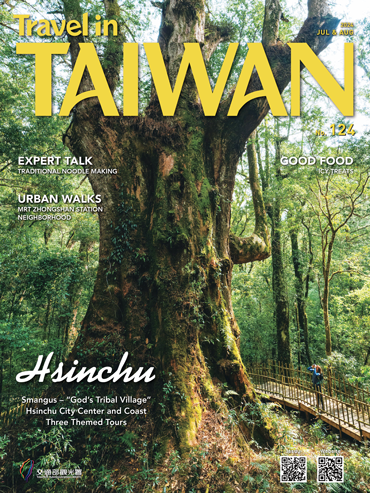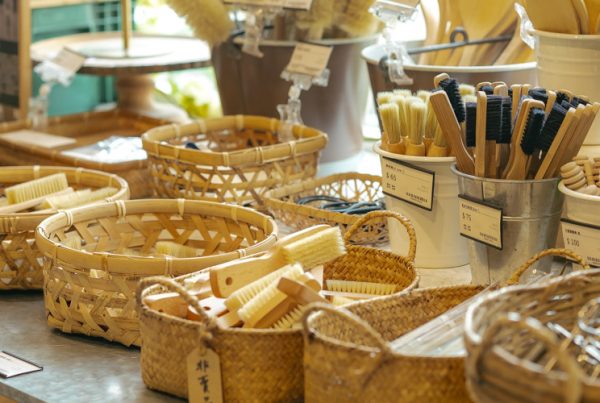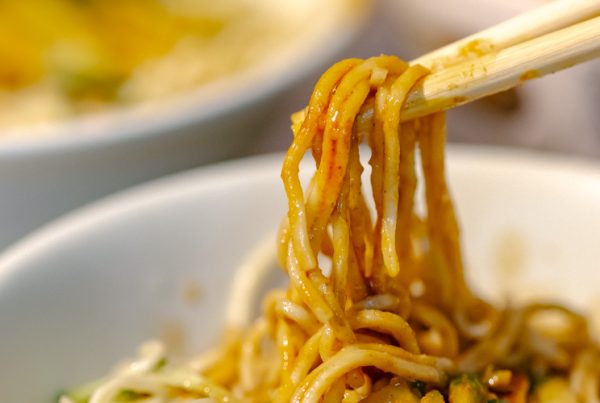Content
Walking Through a Taiwan Day Market
TEXT AND PHOTOS / VISION
If you want to explore the street food scene of Taiwan, head to a night market. If you want to immerse yourself in the daily practical food-related routines of the local people, visit a traditional day market.
When in any busy city in Taiwan during the morning hours, you are probably not far away from a day market (except for Mondays, when most are closed). There are different types of setups, and the scope of produce and value-added products sold can vary widely. The most basic day markets can be found on smaller streets and in lanes and alleys that are turned into markets around 8 in the morning, with vendors opening stalls or simply putting their goods on tarpaulins on the ground. On the other end of the spectrum are large purpose-built multi-level indoor markets, such as Nanmen Market in Taipei. Some streets are used as day markets during the morning hours and turned into night markets in the late afternoon, Linjiang Street in Taipei, for example. Less common but equally popular with buyers are afternoon markets, where the prices of fruits and vegetables tend to be significantly lower than in the morning, especially towards the end of the afternoon when vendors start wrappings things up.
Vendors Do Shout
If you’re sensitive to noise, be prepared for some intense audio levels in a day market. Some vendors will be promoting their goods at the top of their lungs so that even someone a block away will hear them clearly.
The Whole Pig
If you don’t like the idea of looking at the innards of farm animals, you’ll want to stay clear of the butcher stands. Vendors like to display every imaginable pig part, for example, very prominently by hanging them out for everyone to see.
Good Cooked Food
If you’re not cooking yourself, visiting a day market is a great way to find a wide selection of ready-to-eat foods, from fried rice and noodles to steamed buns and dim sum to soy-braised delectables, including tofu and chicken feet.
Taiwanese Jin
In a typical day market there is hardly any English signage. While it’s easy to point to select the meat and produce you wish to purchase, you need to understand how things are weighed to figure out the price. Instead of kilogram, the weight unit more often used in the markets is catty (jin), a traditional Chinese unit of mass. One jin equals about 600 grams.
Amazing Variety
On a Taiwan day market visit you’ll be presented with an amazing variety of goods to buy. Apart from the expected fruit, vegetable, meat, and seafood vendors, you’ll also find stalls selling pickles, dried goods, Chinese medicines, massage equipment, kitchenware, clothes, shoes, and toys. There is often no system grouping vendors of the same item types in specific areas of a market, which can mean for example that a fishmonger might be selling fresh seafood right beside a stall selling undergarments.
Stylish Old-Time Bags
If you don’t like the idea of using plastic bags to carry home the items you buy at a day market, consider going the Taiwanese traditional route and using a jiazhi shopping bag. Made of woven nylon and sporting broad horizontal stripes in red, green, and blue, these sturdy bags, which originated in Tainan’s Houbi village, used to be the go-to bags for locals buying their daily necessities at markets. In recent years they have made a bit of a comeback as an eco-friendly alternative to disposable plastic bags, and as a nostalgic souvenir for tourists as well.







